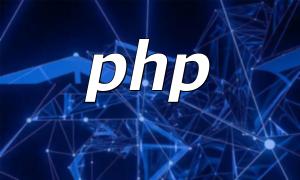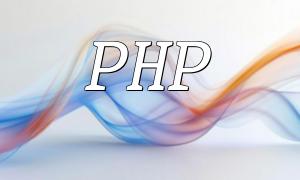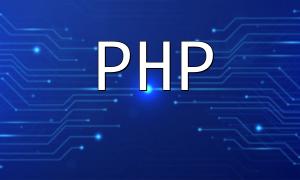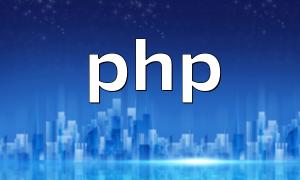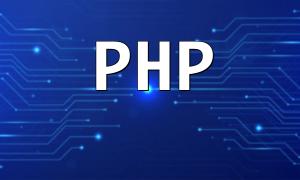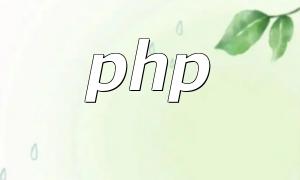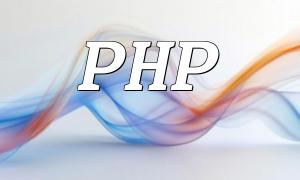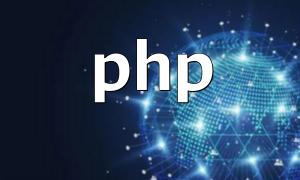PHP is a widely used server-side scripting language, ideal for building dynamic websites and web applications. As the live streaming industry grows rapidly, many developers choose PHP to handle the backend logic and feature modules of live streaming websites.
In live streaming website development, PHP plays a critical role in multiple core areas, including video processing, user management, and payment integration. Below are the major functions PHP can implement:
PHP can work with tools like FFmpeg to convert video files into streamable formats such as HLS (HTTP Live Streaming) or DASH (Dynamic Adaptive Streaming over HTTP). This allows adaptive bitrate streaming, ensuring smooth playback across various network conditions.
With WebRTC (Web Real-Time Communication), PHP can capture live audio and video streams directly from users’ devices and encode them into formats suitable for streaming. This enables real-time broadcasting, co-hosting, and video conferencing capabilities.
PHP can integrate with popular media servers like Nginx RTMP Module or Wowza Media Server to manage and distribute video streams. These servers provide high concurrency and low latency, making them ideal for large-scale live streaming.
Live streaming platforms often need to store large volumes of user profiles, video metadata, and room configurations. PHP integrates seamlessly with databases like MySQL and PostgreSQL to manage user data, track viewing statistics, and control content distribution.
Using WebSocket technology, PHP can implement real-time chat and interactive features such as bullet comments, enabling viewers to communicate instantly during live sessions. This boosts user engagement and retention.
PHP offers robust authentication and authorization mechanisms, allowing developers to implement user registration, login, identity verification, and permission management to protect live content and prevent unauthorized access.
For paid or subscription-based live streaming services, PHP can integrate with various payment gateways such as PayPal, Stripe, Alipay, or WeChat Pay to handle transactions, manage orders, and process renewals efficiently.
Overall, PHP provides a powerful ecosystem and a wide range of extensions to build scalable and feature-rich live streaming websites. From video streaming and user management to payment systems, PHP’s flexibility and stability make it an excellent choice for professional live streaming platform development.
